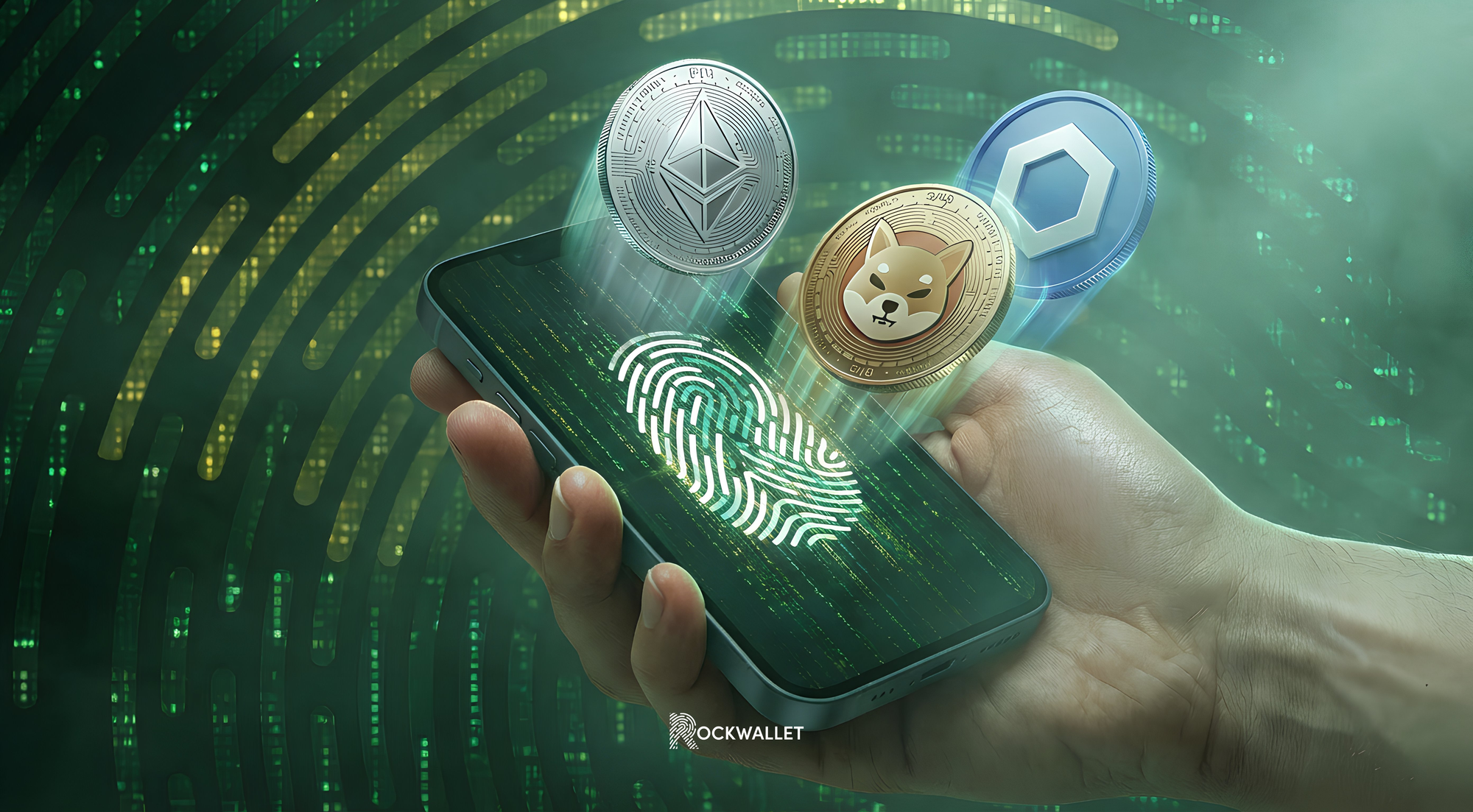
November 11, 2024
•4 min read
•Intro to Crypto
The best crypto wallet for beginners
If you want to get into crypto, you will need a wallet. Crypto wallets are used to store your crypto assets, and here are the best crypto wallets for beginners.

If you want to get into crypto, you will need a wallet. Crypto wallets are used to store your crypto assets, and here are the best crypto wallets for beginners.